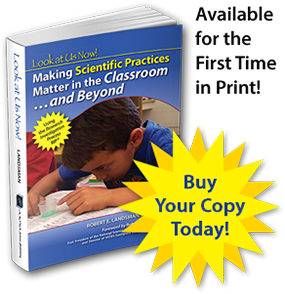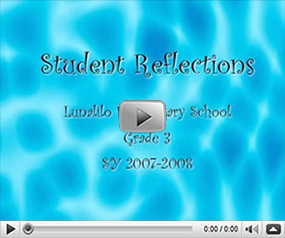Pictures are worth a million words and this book has plenty of charts, pictures of teachers and kids in action as they learn through inquiry, and tables and graphs describing data that students collected from their investigations. But more importantly, this book should help every teacher make the classroom content exciting and meaningful for their students. Eleven of the 13 chapters are written by teachers who are actually using science inquiry to teach STEM, language arts, mathematics, social studies, and science content. Mathematics is what most of the teachers I work with find to be the most challenging for completion of an investigation, and this book actually shows how each inquiry using the RIP scientific inquiry model ends with data collection, analysis, and supporting an argument with data, one of the most daunting standards for students and teachers. The teacher authors describe the challenges they encountered and how they overcame these challenges through more emphasis and less emphasis on some aspects of classroom environment, instructional practices, and student learning behavior. The RIP is clearly a data-driven education program that is research-based and can boast an enormous amount of student impact data. Chapter 12 written by Dr. Landsman describes these data for highly academically challenged and highly academically advantaged student populations. This book is a "must read" for any classroom teacher.
Your Shopping Cart
Ordering five (5) or more copies? Contact us for a special volume discount.
Read the Foreword
Enter your name and e-mail address below for immediate access to read the complete Foreword, written by Dr. Robert E. Yager, in its entirety.


 ANOVA Science
ANOVA Science